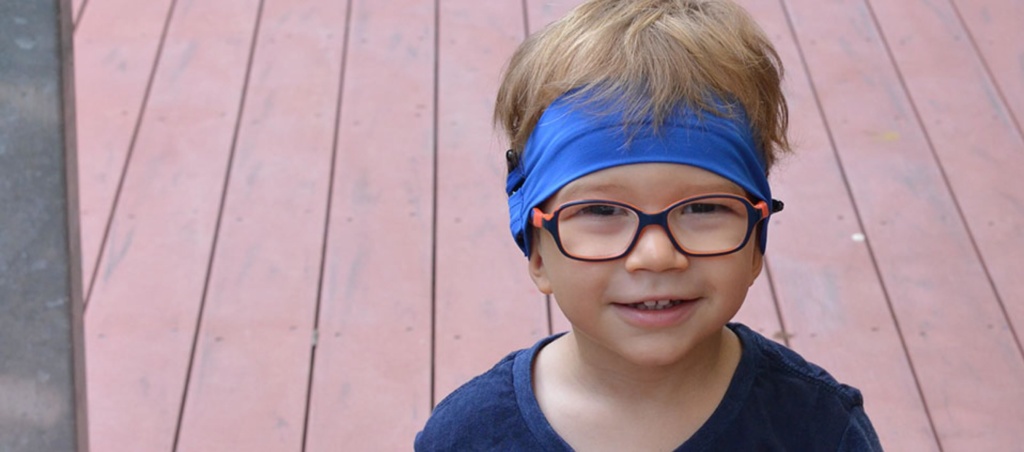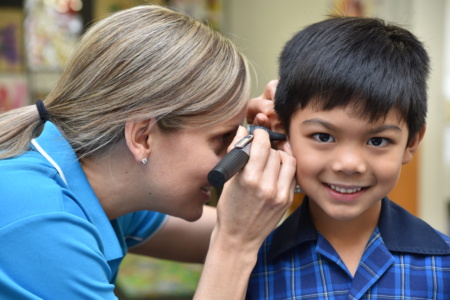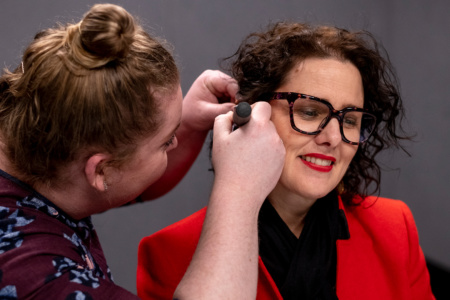When the weather’s heating up, keeping cool often means taking a dip in the pool. For children with hearing loss learning to swim, there are some extra considerations for parents and instructors to take note of to keep everyone safe and having fun in the water.
Teaching swimming to kids with hearing loss – 10 top tips
Keep hearing devices on
If possible, ensure kids’ hearing devices are kept on during swimming lessons. Cochlear implants can be worn in the water with a waterproof accessory; most hearing aids can’t be worn swimming unless waterproof. Families should check with their audiologist or hearing aid manufacturer if they’re not sure.
Lighting
If you’re in the water with the child, ensure light falls on your face rather than it coming from behind you while giving instructions. All children use lip reading skills to understand what’s happening when there’s background noise, so face the group or the child when you’re speaking with your mouth visible.
Stay on the child’s level
Try to speak at the child’s ear level. Aim to stay as close as possible when speaking with them, as the further away you get, the worse the sound quality will be. Ideally position yourself within one to two metres of the child when giving instructions.
Focus up
Focus the child’s attention by calling their name and making eye contact before speaking to them, to ensure they are listening well.
Background noise
Ensure the space is as quiet as possible – which isn’t always easy at a busy pool! Background noise such as music or overhead announcements limit what the child can hear, as it’s harder to focus on speech if it’s masked by other sounds. If it’s noisy, stand close to the child so your voice is louder than the background noise.

Pre-lesson preparation
Discuss the plan before the lesson, ideally in a quieter environment than in the pool itself. If this isn’t possible, let the child know what’s about to happen before each activity. Keep lessons consistent, in the same order as the previous one with any new activities added to the end. This helps to lessen any uncertainties the child may have, and makes the lesson easier to follow. Visual cues are also useful, such as a timetable which shows what activity comes next.
Watch and learn
During group swimming lessons, let the child watch first. They can then look to those around them if they haven’t fully heard an instruction, and see what happens before it’s their turn.
Speaking voice
Use a conversational volume of voice. This helps you to not get too tired, and ensures the louder sounds (such as vowels, /b/ and /d/) don’t mask the quieter sounds (e.g. /p/, /f/, /s/ and /f/) when you’re speaking.
Gestures
Use consistent gestures when working with the child in the pool, such as for ‘Wait’ and ‘Stop’. These are then especially useful if the child is without their hearing devices.
Assistive listening devices
Consider using an assistive listening device such as a remote microphone connected to the child’s hearing technology when available and safe to do so. Reduce noise interference by standing still, ensuring the microphone isn’t covered by clothing or jewellery, and speaking clearly into the microphone. Remember to mute the microphone when not engaging with the child using the device, and activate the microphone again when needed. Some remote microphones can stream directly to cochlear implant speech processors when using the waterproof accessory, enabling use in the pool.









